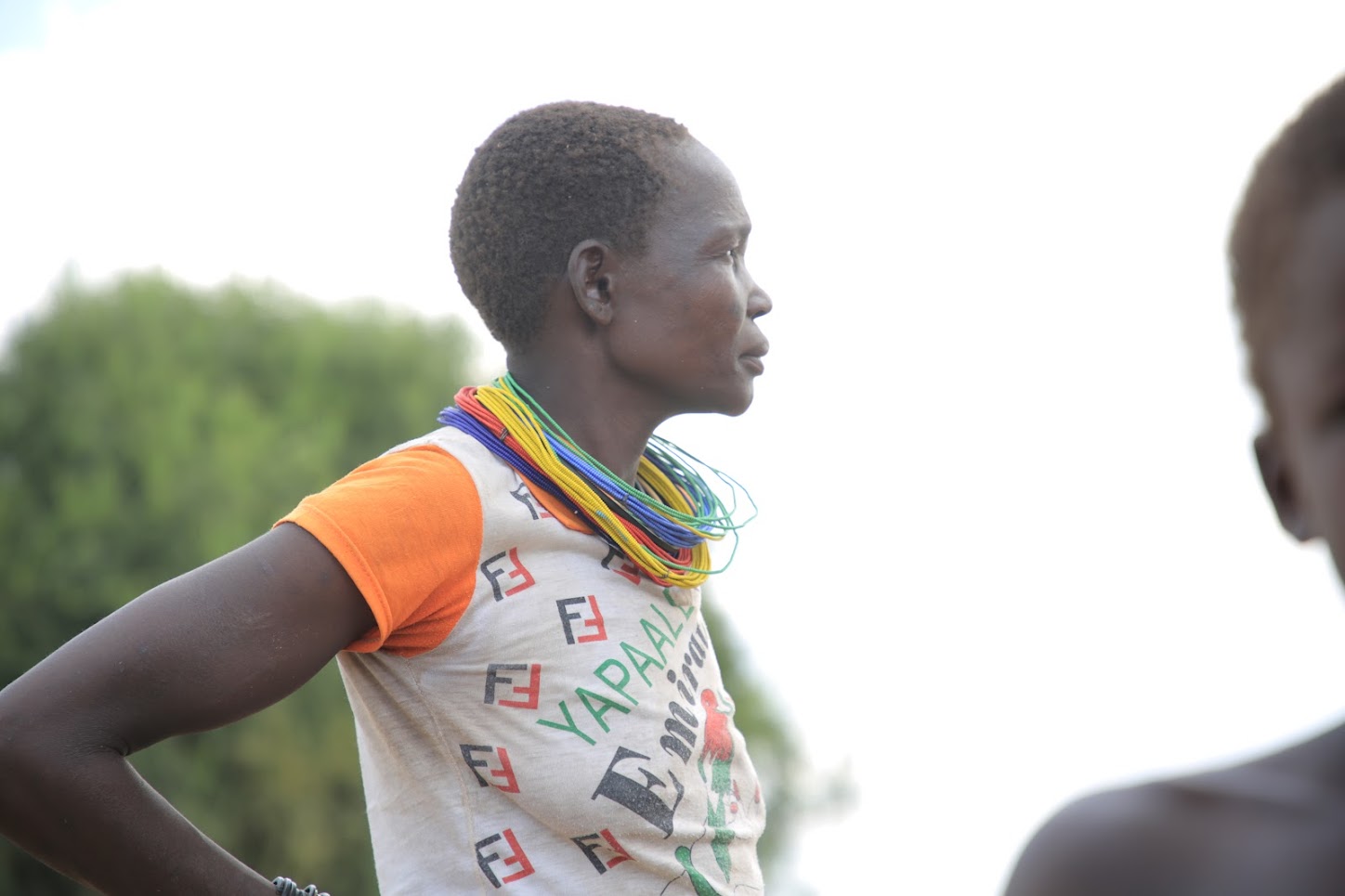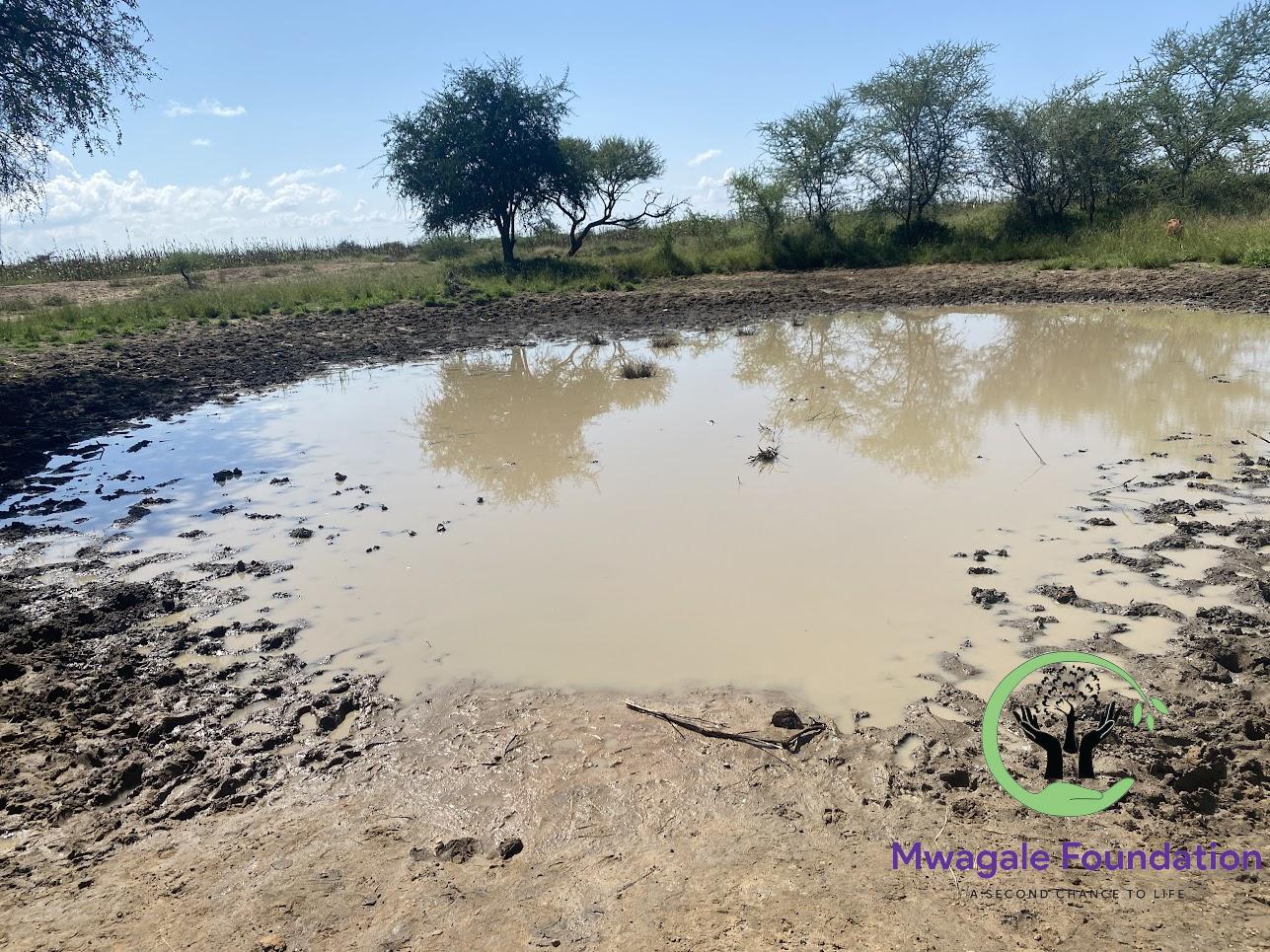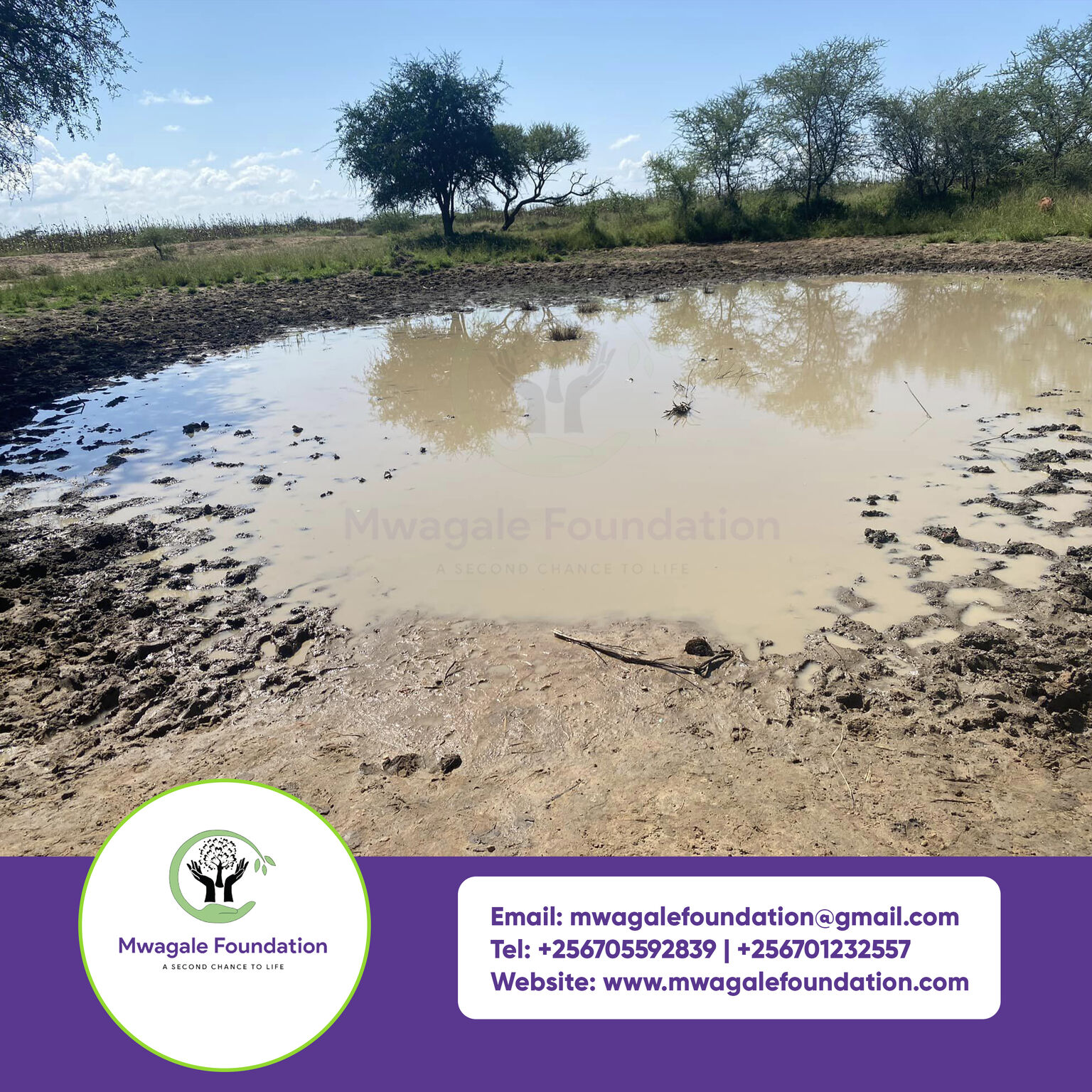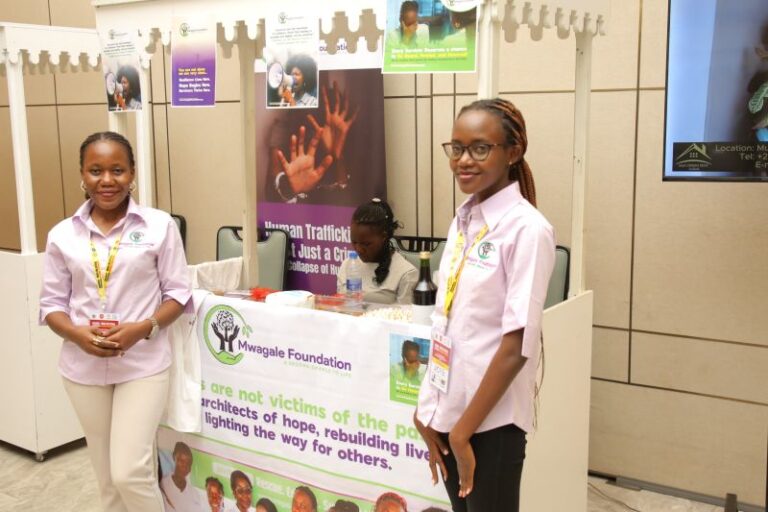Water Scarcity and Human Trafficking in Karamoja
Water Scarcity and Human Trafficking in Karamoja
Karamoja, in Uganda’s northeast, is dry and far from major water sources. Finding safe water is a daily struggle for many families who rely on seasonal ponds and distant boreholes.
Water scarcity means there is not enough safe water for basic needs like drinking, cooking, and farming. Human trafficking means exploiting people through force, fraud, or coercion for labor, sex, or marriage.
Drought, poverty, and long walks to collect water raise risk for children and families. At crowded water points, girls face harassment, and promises of “work in town” can lead to abuse. Missed school and empty homes during water trips make kids easier targets.
This post uses recent context up to October 2025. You’ll see the root causes, how water stress fuels trafficking, real risks at water points, what is being done now in Karamoja, and practical ways you can help.
Karamoja Today: Why Water Scarcity Has Become a Human Crisis
Karamoja sits in northeastern Uganda, on dry plains where rain is short and unreliable. People here live close to the land and their animals. Repeated droughts and weak water systems turn a hard life into a daily emergency. Hunger rises, income falls, kids leave school, and the risk to children grows. Recent reports show Karamoja is among Uganda’s most water-stressed regions, with low access to clean water and fragile services that often break when needed most. See the context in this analysis on access and climate pressure in Karamoja by ACODE and partners: Enhancing Resilience, Livelihoods and Climate.

Photo by Ssempaka Dickson
Where is Karamoja and who is most affected?
Karamoja is a semi-arid region in Uganda’s northeast. Many families keep livestock, grow sorghum and maize, and trade small goods. Life depends on seasonal rains and a few boreholes.
Women and children carry the heaviest load. They walk long distances to fetch water, often before dawn and after dusk. Some villages rely on distant or unsafe sources, like hand-dug wells, sand rivers, or ponds shared with animals.
When the rains fail, the poorest feel it first. Goats and cattle weaken, then die or get sold at low prices. Crops wither, debts grow, and meals shrink. Households with few animals or tools slide quickly into crisis.
Main causes of water stress in 2025
Several forces stack up and drain the little water Karamoja has. Here are the main ones, in plain terms:
- Long droughts: Rains arrive late, stop early, or skip a season. Shallow wells and ponds dry fast.
- Climate change: Hotter days, erratic storms, and longer dry spells reduce reliable water.
- Land degradation: Bare soils, overgrazing, and erosion lower infiltration, so less water sinks into the ground.
- Weak or broken water points: Old pumps, stolen parts, and poor maintenance leave boreholes idle for months.
- Poor sanitation: Open defecation and weak waste systems contaminate nearby water, so “available” water is not safe.
When the rain finally comes, it can hit hard. Flash floods wash out roads, break handpumps, and collapse latrines. Wells fill with dirty runoff, which makes outbreaks more likely.
How daily life changes when water runs out
Water scarcity sets off a chain reaction that touches every part of life.
- Families spend hours each day searching for water. Time for work, study, or rest vanishes.
- Food prices rise as crops fail and transport costs climb.
- Animals die or get sold early, often at a loss. Income collapses.
- Children miss school to help queue at boreholes or herd animals.
- At crowded pumps, tensions flare. Arguments and fights can break out when the borehole is the only source.
Caregivers face relentless stress. With no water and little food, parents are pushed toward risky choices, like sending a child to town with a stranger offering work or marriage. That pressure exposes children to harm.
Why schools and clinics suffer without water
Schools without water struggle to keep students in class. Girls miss more days when there are no toilets or safe washrooms. Fatigue from long water trips and poor hygiene drives absences and dropouts. Programs report that distant water sources drain energy and time from learning in Karamoja schools, as described by Save the Children’s work in the region: Transforming young lives in Karamoja.
Clinics face similar barriers. Without clean water, safe births, wound care, and infection control are harder. Staff spend time fetching water instead of treating patients. The result is missed learning, poor health, and higher vulnerability, especially for pregnant women, infants, and young girls.
How Water Scarcity Fuels Human Trafficking in Karamoja
When water runs short, daily life contracts to basic survival. In Karamoja, that means longer walks, missed school, and empty homes. Traffickers notice. Human trafficking is the use of lies, threats, or force to exploit people for work or sex. Hunger, debt, and unsafe water trips open doors to abuse. Recent studies also trace movement from Karamoja to cities in Uganda and Kenya during hard seasons, which raises risk for children, especially girls, as seen in the ILO’s analysis of routes into Nairobi’s informal areas: Factors and impacts of the trafficking of girls from Karamoja.
Risk on the road: long walks to unsafe water points
Water points sit far from many villages. Children start before dawn or return after dark. Paths pass through scrub, dry riverbeds, and empty fields.
- Harassment and assault: Crowded or isolated boreholes are known risk areas. Girls face a high chance of sexual violence when queuing alone or walking back with heavy jerrycans.
- Kidnapping and murder: Some sources have a record of serious attacks. Parents warn children to travel in pairs, yet distance and time still expose them.
- Targeted attacks on boys: Boys may be ambushed for phones, animals, or forced into herding or hauling work.
- No safe witness: Isolated locations mean no neighbors to step in, and fear stops reporting.
Every extra kilometer to water adds a layer of danger. Long trips also cut school time, which removes a daily safety net.
From survival to exploitation: why families send children away
When the borehole dries or breaks, the whole budget shifts. Food prices climb, debt grows, and parents must choose what to drop. Some send a child to town to “work and send money.” Others accept offers from a neighbor or a passing broker.
Common routes run to Moroto or Soroti, then to Kampala, and sometimes further to Nairobi. A promise of pay, food, or school often flips into:
- Forced domestic work in private homes
- Street begging or vending under strict control
- Herding or market haulage with no rest
- Sexual exploitation masked as “help” or “accommodation”
Water shortages make these choices feel urgent. A few missed meals or a broken pump can push a family to agree to travel the same week. Regional strategies also flag drought and migration for water and pasture as a key driver of risk in Karamoja: Accountability to Affected Populations in Karamoja, 2025–2030.
How traffickers recruit and control
Traffickers do not need complex plans. They use what families need most.
- Small gifts: Cash for a jerrycan, soap, or food during a dry spell.
- Promises: “A good house job,” “school in the city,” or “work with pay next week.”
- Transport offers: A ride to town that skips bus fees and feels like kindness.
- Fake guardians: A trusted-seeming adult who claims to be a relative or sponsor.
Once a child arrives, control is simple and quiet. A boss or “auntie” may hold ID, a phone, or wages. Movement is restricted with curfews or threats. Debt for transport or food becomes the trap. The child does not know the area, so escape is harder.
Common forms of exploitation linked to water stress
Trafficking in and from Karamoja often follows the same patterns. Water scarcity raises exposure to each one:
- Hazardous work: Artisanal mining, stone breaking, or brick making with dust, heat, and risk of injury.
- Domestic work: Long hours in private homes, no days off, and withheld pay.
- Herding: Remote grazing with no pay, harsh conditions, and physical threats.
- Street vending or begging: Long days on the road, handovers of cash to controllers.
- Sexual exploitation: Abuse in lodges, bars, or homes under threats of eviction or debt.
Both girls and boys are targeted. Girls face higher risk of sexual violence. Boys face forced labor and assault during transit or herding. In simple terms, water stress strips away options, and traffickers step into that gap.
What Is Being Done Now (October 2025) and What Still Needs to Change
Karamoja is seeing real effort on water access and child safety, yet risk remains high during long dry spells. Partners are adding new water points, fixing broken pumps, and building community safety nets. Progress is visible, but drought, poverty, and weak coverage still leave children exposed. Here is what is working now and what must shift next.

Photo by Ssempaka Dickson
Promising solutions that reduce risk fast
Agencies and districts are moving on practical fixes that cut daily risk. The focus is simple, close, and reliable.
- Water points closer to homes: New taps in villages slash walking time and reduce exposure to harassment. The region’s WASH plan prioritizes siting near households and schools, not just trading centers. See the planning framework in the Karamoja Strategic WASH Investment Plan: K-WASHIP.
- Solar-powered pumping: Solar systems keep water flowing when fuel is costly or supply chains fail. Programs report steady output, fewer breakdowns, and safer queuing. UNDP highlights solar boreholes serving borderland communities in Karamoja here: Solar-powered boreholes.
- Rapid borehole repairs: Spare parts on hand, trained mechanics, and simple service contracts get broken pumps back online in days, not months. This keeps girls off long routes and stabilizes nearby schools.
- Household storage and safe handling: Covered containers, taps on jerrycans, and clean cups protect water from contamination at home. Small changes cut diarrhea and reduce clinic trips.
Add short hygiene sessions right at the pump or school. Handwashing, safe storage, and latrine use protect health and keep water safe. Less sickness means fewer missed school days and fewer trips to far clinics.
Why it works fast:
- Travel time drops, so kids stay in class.
- Shorter queues lower stress and conflict at pumps.
- Fewer trips at dawn and dusk reduce exposure to traffickers.
Still needed:
- Map the longest walks and fix those first.
- Set up district repair funds that pay local mechanics on time.
- Track uptime and user safety, not just the number of water points.
Protection at water points and along routes
Safety features are being added to high-risk sites, with results where communities lead.
- Community patrols: Rotating groups of adults or youth watch paths during peak hours. A visible presence discourages predatory behavior.
- Lighting and visibility: Simple solar lights and trimmed brush improve sightlines and deter attacks.
- Safe collection hours: Agreed hours in daylight, posted at pumps, reduce solo trips in the dark.
- Hotlines and reporting: Village phones or WhatsApp groups route alerts to leaders or police. Coverage is still patchy, and follow-up varies by subcounty.
Clear roles make these measures work. The Karamoja Resilience Support Unit outlines practical community-led water management steps that can include safety rules and user oversight: Participatory water management guidelines.
Quick setup guide:
- Map high-risk spots and time windows.
- Post simple rules at pumps, in local language.
- Assign a weekly roster for patrols and checks.
- Test the hotline, log calls, and report back results.
- Review incidents monthly with elders, teachers, and pump caretakers.
What still needs to change:
- Police and local leaders sometimes respond, but coverage is inconsistent. Set response times, escalation contacts, and regular joint patrols for high-risk routes.
- Record threats and outcomes, then adjust patrols and hours based on actual patterns.
Keeping children in school and safe
Schools work as daily protection. When water and food are available on campus, attendance holds and the pressure to send kids to work falls.
- School meals keep children in class and reduce day labor during hunger gaps.
- Rainwater tanks and a tap on site save hours each week that children would spend fetching water.
- Clean, private toilets for girls improve attendance and dignity.
Support the most vulnerable with:
- Fee waivers or bursaries to prevent dropout during drought.
- Uniforms and basic supplies so poverty is not a barrier to entry.
- Group transport or safe walking clubs for children who live far.
These steps cut recruitment risk because a child in class is supervised, fed, and connected to adults who notice changes. Integrated education and WASH programs in Karamoja show stronger attendance when water and sanitation are solved at school, as described by Save the Children’s work: Integrated programming in Karamoja.
Gaps to close:
- Fund school feeding through the lean season, not just term starts.
- Maintain tanks and toilets, with clear budgets and roles for caretakers.
- Track attendance by sex and age to spot emerging risks early.
Law and community action against traffickers
Karamoja communities are not passive. Local child protection committees, parish development teams, and church groups are reporting cases and following up. There have been arrests and periodic outreach drives, and national guidance keeps improving. The 2025 Trafficking in Persons Report lays out steps for stronger victim support and better investigations in Uganda: 2025 TIP Report. Research continues to show how traffickers exploit poverty and movement between Uganda and Kenya, and why targeted prevention is needed: ILO micro-study on trafficking of girls from Karamoja.
What is working now:
- Reporting lines from village to subcounty are clearer in some districts.
- Case follow up by probation officers and police has improved in hotspots.
- Community outreach in markets and at water points warns families about fake job offers.
What must change next:
- Stronger coordination across districts and border points, with agreed contacts and rapid information sharing.
- Faster case handling, from first report to safe return, so families see justice and keep reporting.
- Survivor support with safe shelters, counseling, and school or job placement.
- Better data on routes, recruiters, and repeat locations, then direct patrols and services to those exact places.
Bottom line, progress is real in 2025. To break the risk cycle, Karamoja needs water near homes, safe routes, strong schools, and steady justice. Without those four pieces working together, traffickers will keep finding the gaps.




